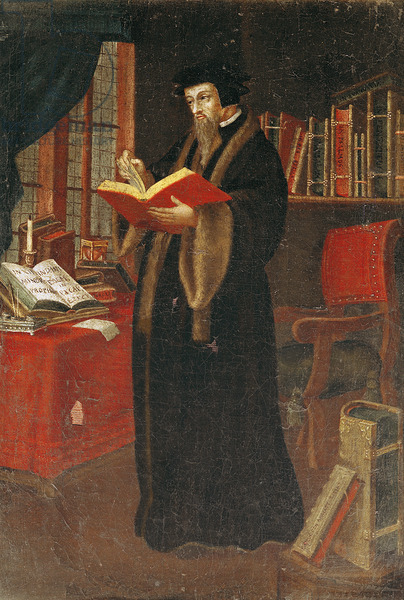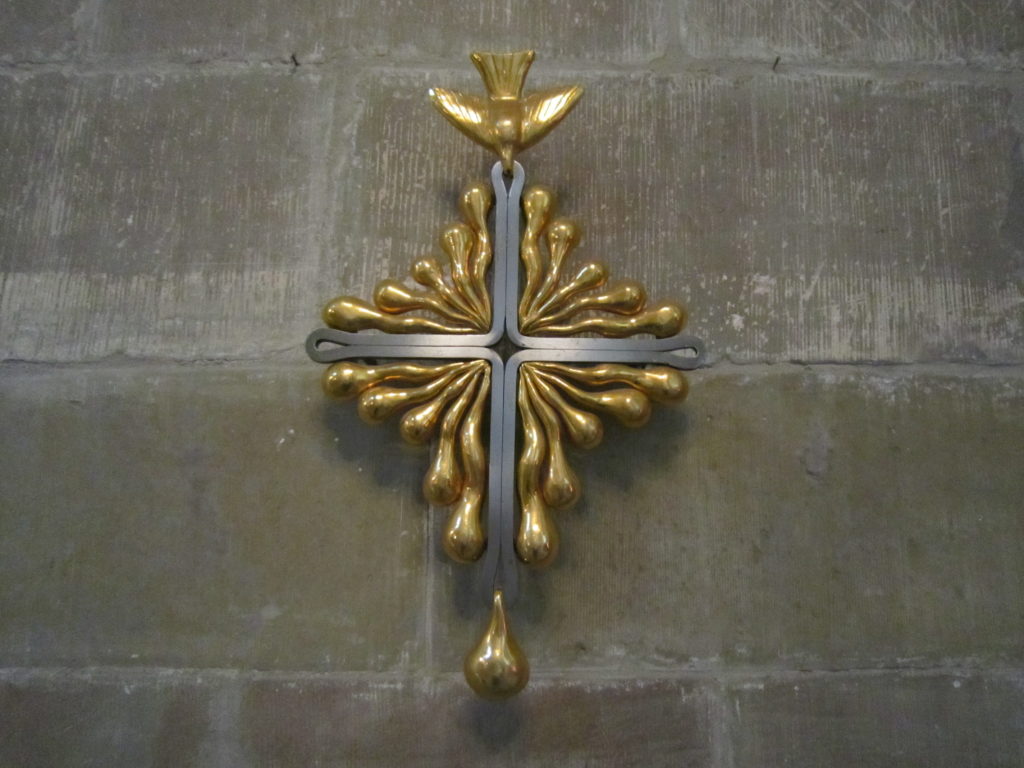Calvinism – the religious philosophy progressed by John Calvin, a Protestant reformer in the sixteenth century, and its improvement by his adherents. The term likewise alludes to tenets and practices which were crafted by Calvin and his supporters.
When it all began
Contents
The parts of Germany and to Scandinavia, Calvinism spread into Scotland, the Netherlands, France, England, and parts of Germany and Europe along with the English speaking people of North America were the areas which witnessed Lutheranism. This expansion started amid Calvin’s lifetime and was supported by him.

Religious nomads filled Geneva, particularly from France amid the 1550s as the French government turned out to be progressively narrowed minded and additions were from England, Scotland, Italy, and different parts of Europe into which Calvinism had spread. Calvin invited them, prepared a large number of them as pastors, sent them back to their nations of beginning to spread the Gospel, and after that bolstered them with letters of consolation and guidance.
Geneva in this way turned into the focal point of universal development and a model for places of worship.
The relation between Puritans and Calvinists
The Puritans were English Protestants who tried to rinse out the Church of England of Roman Catholic works and theories, keeping up that the Church of England had not been completely improved. Puritanism then had a role in English history, particularly amid the Protectorate.
Puritans were disappointed with the constrained degree of the English Reformation and with the Church of England’s toleration of specific practices related with the Roman Catholic Church.
The movement of Puritanism comprehensively alludes to a religious change development in Britain focused on the mainland reformed tradition. While Puritans did not concur on every single doctrinal point, most had comparable perspectives on the idea of God, human sins and the connection among God and humankind. They trusted that the majority of their convictions ought to be founded on the Bible, which they viewed as inspired by divine powers.
The idea of being covenanted was critical to Puritans and was vital to their convictions. With roots in the compositions of Reformed scholars John Calvin and Heinrich Bullinger, the theory was additionally created by Puritan scholars Dudley Fenner, William Perkins, John Preston, Richard Sibbes and William Ames and, almost completely by Ames’ Dutch understudy, Johannes Cocceius.

Covenant philosophy affirms that when God made Adam and Eve he guaranteed them interminable life for flawless acquiescence; this was named the work of being covenanted. After the fall of man, human instinct was defiled by unique sin and helpless to satisfy the contract of works, since every individual unavoidably abused God’s law as communicated in the Ten Commandments.
Puritans imparted to different Calvinists a faith in twofold destiny, that a few people were ordained by God to get beauty and salvation while others were bound for Hell. No one, be that as it may, could justify salvation.
As per contract philosophy, Christ’s penance on the cross made conceivable the pledge of the covenant, by which those chosen by God could be spared. Puritans put stock in the unqualified race and overpowering elegance—God’s beauty was given uninhibitedly without condition to the chosen and couldn’t be refused.
French Calvinism
Huguenots were French Protestants who pursued the lessons of scholar John Calvin in the 16th and 17th century. Aggrieved by the French Catholic government amid a fierce period, Huguenots fled the nation in the seventeenth century, making Huguenot settlements all over Europe, in the United States and Africa.
French Calvinists received the Huguenot name around 1560; however, the primary Huguenot church was made five years prior in Paris.
The starting point of the name Huguenot is obscure however accepted to have been gotten from consolidating phrases in German and Flemish that depicted their routine with regards to home love.
By 1562, there were two million Huguenots in France with almost 2,000 churches.
St. Bartholomew’s Day Massacre
Religious savagery heightened again soon enough. Its most exceedingly bad came as the St. Bartholomew’s Day Massacre in 1572, which saw killings of up to 70,000 Huguenots crosswise over France, under the heading of Catherine de Medici, the official ruler and mother of King Charles IX.
In 1685 Louis XIV sanctioned the Edict of Fontainebleau, which supplanted the Edict of St. Germain and made Protestantism illicit. More of slaughter followed, and following this, around 200,000 Huguenots fled France for different nations.
The flight of the Huguenots was a debacle for France, costing the country a lot of its social and financial impact. In some French urban communities, the mass migration implied losing a large portion of the working populace.
The present-day scenario
The U.S. Mint in 1924 recognized the 300th commemoration of the landing of Huguenots into the New World with a memorial silver coin, the Huguenot-Walloon half dollar.
New Calvinism is a developing point of view inside traditionalist Evangelicalism that grasps the essentials of original ideas of Calvinism while additionally attempting to be applicable in the present day world. In March 2009, Time magazine portrayed the New Calvinism as one of the 10 thoughts changing the world.

